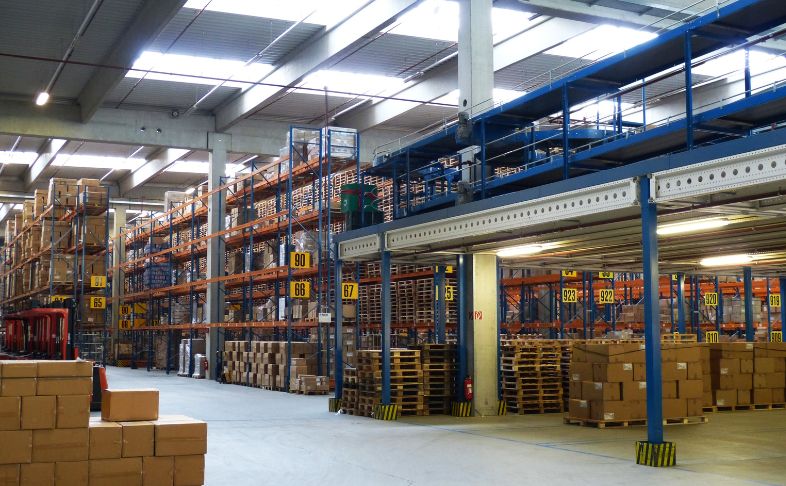The quick development of e-commerce and the growing complexity of supply chains are causing a revolution in Toronto’s logistics sector.
As a result, Toronto-based third-party logistics (3PL) companies are adjusting to match the shifting demands of both customers and enterprises.
Let’s examine some of the upcoming developments influencing Toronto’s 3PL market.
Future Trends
Data-Driven Decision Making
In today’s digital age, data is essential, and 3PL companies in Toronto are leveraging data analytics to gain useful insights into their operations. These insights enable them to streamline their supply chains, increase efficiency, and provide better services to their customers.
By assessing data on inventory, shipping routes, and client preferences, 3PL providers can make informed decisions that result in overall improvements. This data-driven strategy enables them to make informed, evidence-based decisions that benefit both their business and their customers.
For example, by tracking inventory levels in real-time, businesses may guarantee that they have enough products on hand to fulfill demand, lowering the risk of stockouts or overstocking.
Similarly, by evaluating transportation routes, businesses can pinpoint inefficiencies and bottlenecks in their supply chains. This data can be utilized to optimize routes, reduce travel times, and cut transportation costs.Additionally, by researching customer preferences, businesses can adjust their services to fit their client’s individual requirements and expectations, resulting in improved customer satisfaction and loyalty Services Offered
The prep service provider offers a variety of services beyond just labeling and packaging. Some providers also provide inspection, bundling, and kitting when selecting a prep service; choose one that can handle the specific services you need to meet your requirements.
Emphasis on Sustainability
Nowadays, sustainability is a corporate necessity rather than just a trending term. 3PL companies in Toronto are increasingly adopting eco-friendly practices, such as using electric vehicles and optimizing delivery routes to reduce carbon emissions.
By prioritizing sustainability, these companies are not only reducing their environmental impact but also appealing to environmentally conscious consumers.
Technology and Automation. Look for a prep service that uses technology and automation to streamline their work and improve efficiency. Automation tools can help cut down on mistakes, improve accuracy, and speed up the time it takes to process and ship your products quickly and effectively.
Automation and Robotics
Automation is revolutionizing the logistics industry, and Toronto is at the forefront of this change. 3PL Logistics in Toronto is investing in automation and robotics to streamline its operations, improve efficiency, and reduce labor costs.
Automated warehouses, autonomous vehicles, and robotic process automation are becoming increasingly common in Toronto’s logistics sector.
Omnichannel Logistics
With the rise of e-commerce, the lines between online and offline retail are decreasing. 3PL companies in Toronto are embracing omnichannel logistics, which involves seamlessly integrating different sales channels, such as online stores, brick-and-mortar stores, and social media platforms.
By providing a seamless shopping experience across all channels, 3PL providers can meet the evolving expectations of modern consumers.
Supply Chain Visibility
In today’s fast-paced world, real-time visibility into the supply chain is essential. 3PL Logistics in Toronto is using advanced tracking and monitoring technologies to provide customers with real-time updates on the status of their shipments.
This increased visibility not only improves customer satisfaction but also allows businesses to proactively address any issues that may arise.
Consider the services of RGX Group for your logistics needs and streamline the supply chain process efficiently and effectively.
Conclusion:
The future of 3PL logistics in Toronto is bright, with technology, sustainability, and customer-centricity driving innovation. By embracing these trends, 3PL providers can stay ahead of the curve and continue to deliver exceptional service to their clients.
Overall, the use of data analytics is helping 3PL companies in Toronto stay ahead of the competition by enabling them to make smarter, more data-driven decisions.
As technology continues to advance and data becomes increasingly abundant, the role of data analytics in the logistics industry will only continue to grow, driving further innovation and efficiency improvements.
